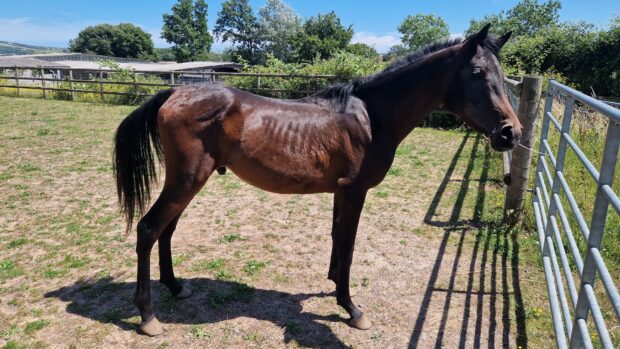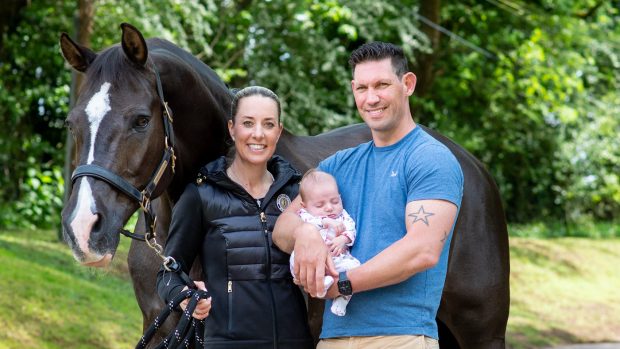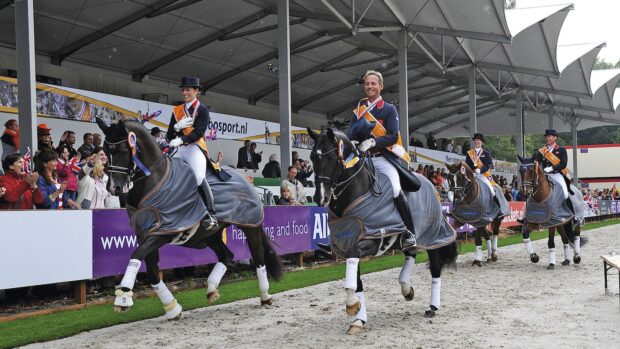The Fell pony and the Welsh Section A Mountain pony could play a vital role in enhancing biodiversity in upland areas, as well as saving important genetic stock, says conservation scientist David Anthony Murray.
The recent change in agricultural policy means that upland areas benefit to a much lesser extent from the Common Agricultural Policy (CAP) subsidies which traditionally supported sheep and hill farming. But while Defra’s attempts to remove the incentive for intensive farming have reduced the over-grazing that had become a characteristic of the British uplands, reforms could, conversely, lead to under-grazing and considerable loss of biodiversity.
Britain’s hardy mountain ponies graze in such a way, however, that they can preserve the landscape and the subtle balance between plant and animal communities. According to Murray, these feral and semi-feral ponies:
But the benefits of hill-grazing by native ponies are not limited to the preservation of UK uplands. Recruiting Fell and Welsh Section A ponies as a conservational aid could also ensure the survival of what is, in the case of Fell ponies, a rare breed threatened by extinction. Only 500 mares are registered in the UK, which categorises the breed as an endangered species, while the feral (wild) Welsh Section A Mountain pony is considered “vulnerable”.
“The biggest single way of protecting native pony breeds in the future will be through conservation grazing,” says Murray.
“Feral and semi-feral ponies’ grazing methods are of direct relevance to specific birds and plants. And it is through the analysis of data that we hope to establish a context through which we can then deal with the social and political issues at stake”.
Dawn Teverson of the Rare Breeds Survival Trust agrees with Murray that upland grazing by native ponies could contribute to the conservation of a lot of ponies, although she emphasises that for truly mutual benefits, any scheme would have to be worked out in association with the breed societies themselves.
“There are serious grounds for optimism, in terms of mutual benefits through co-operation”, she says, “but in terms of preserving native ponies, it is no good simply placing so-called Fell ponies on a mountainside. They would need to be a registered animal for true benefits to the endangered breed.”



